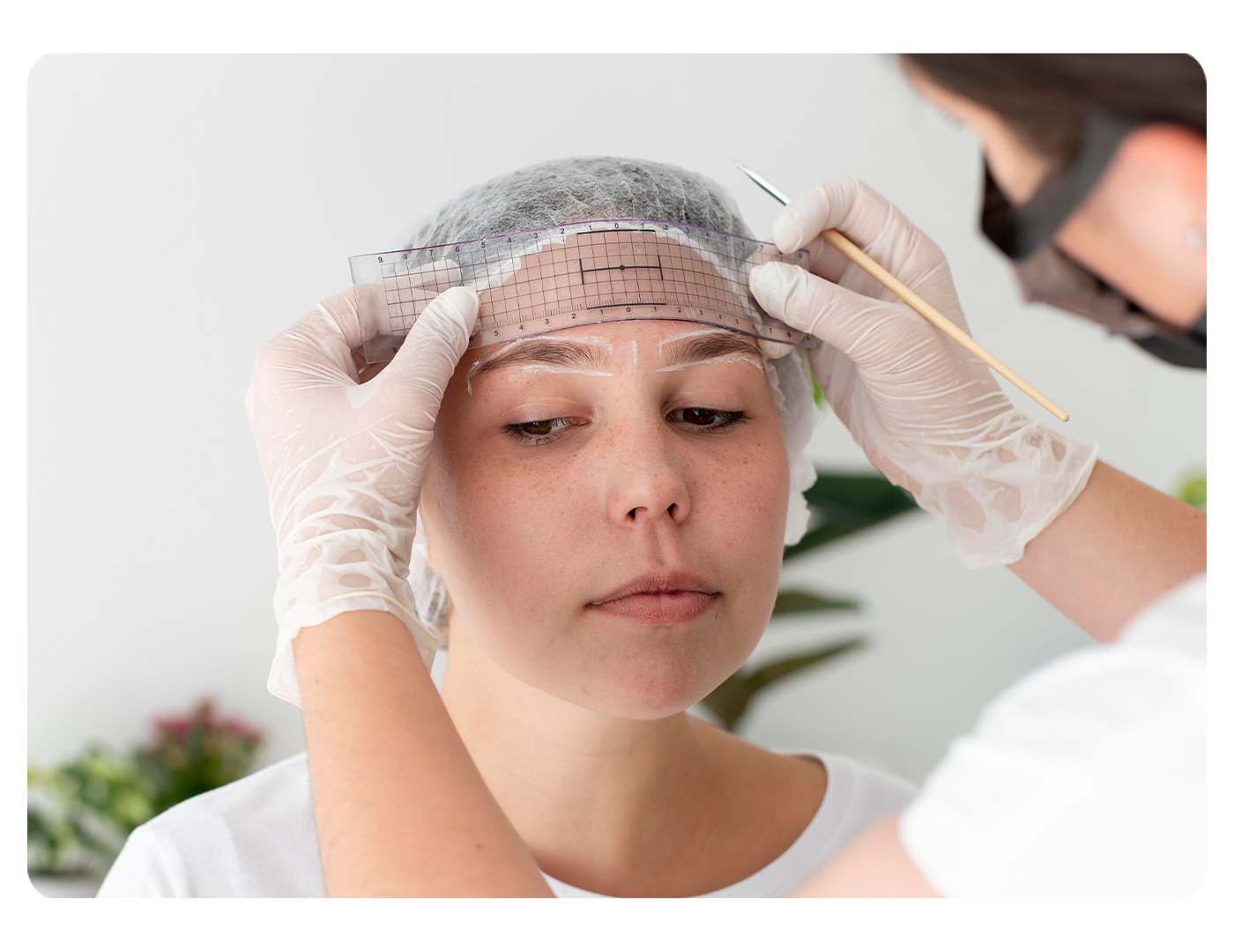Eyebrows can play an important role in framing the face, regardless of whether the person is male or female. Those who do not have eyebrows that they would like to change may find it helpful to understand the importance of doing so.<br/>Genetic factors can influence the appearance and fullness of your eyebrows - some people are born with dense and full brows, while others have thinner and sparser brows. People with sparse eyebrows often try to achieve a fuller and more defined look with cosmetic products. Eyebrow hair loss can occur for a number of reasons, including natural causes. Factors such as frequent plucking, skin conditions (e.g. alopecia areata), permanent make-up and chemotherapy can lead to thinning or loss of eyebrows.

Eyebrow transplantation is an ideal procedure to achieve fuller and more defined eyebrows. This procedure, which is similar to hair transplantation, helps to correct the appearance of eyebrows that have been weakened by external or genetic factors. Insufficiently full eyebrows can make your face look different to how you want it to, but this can be easily resolved with a simple procedure available at Long Hair Center (LHC).
The eyebrow transplant procedure is carefully carried out by our doctor and his expert medical team members. In the end, the eyebrows will look naturally beautiful. The whole process of healing and shaping the eyebrows can take 8-12 months. It is to be expected that the growth of the implanted hair after the transplant will initially be similar to that of any other hair, given that it was taken from the donor area. However, as the blood circulation in the eyebrow area adjusts within a year or so, it stops growing and the implanted hair follicles take on the characteristics of eyebrow hair.
What is Eyebrow Transplantation and How is it Done?Eyebrow transplantation is performed by transferring hair follicles taken from the donor area to the eyebrow region, just like hair transplantation. A small area of the back of the head is shaved and grafts containing single strands of hair are extracted using a micromotor. As the extraction process is minimal, there are no visible scars in the donor area. From 40-50 to 200-300 grafts can be extracted and transferred to the eyebrow area for transplantation. Local anaesthesia is used so that the patient feels no pain during or after the procedure.
Things to Know and Pay Attention to in Eyebrow Transplant OperationsAs with any transplant procedure, eyebrow transplantation requires some decent care to ensure the best results and quickest recovery. Regardless of the technique used in the transplant (DHI or FUE Sapphire), post-operative care has a direct impact on the success of the procedure. It is essential to take the necessary precautions to ensure the desired result is achieved.<br/>Once the eyebrow transplant has been completed, the medical team will dress the patient and give them all the necessary instructions. Full growth of the eyebrows would start to show in the first four months, but it may take eight to twelve months for the full effect to be seen. To get the best results from eyebrow transplantation, the following points should be followed:<br/>• Drink at least three to four liters of water per day.<br/>• Avoid bending the head; avoid looking down and keep the head straight.<br/>• Take medications prescribed by your doctor.<br/>• While dressing, handle the area gently; avoid rubbing or bumping of the area.<br/>• Apply a cold compress under the eyes after the surgery.<br/>
Once the eyebrow transplant has been completed, the medical team will dress the patient and give them all the necessary instructions. Full growth of the eyebrows would start to show in the first four months, but it may take eight to twelve months for the full effect to be seen. To get the best results from eyebrow transplantation, the following points should be followed.
These precautions will help ensure a quick recovery and the result you want.
